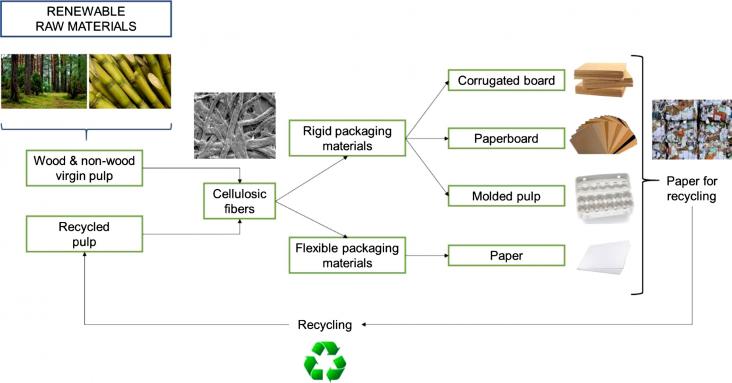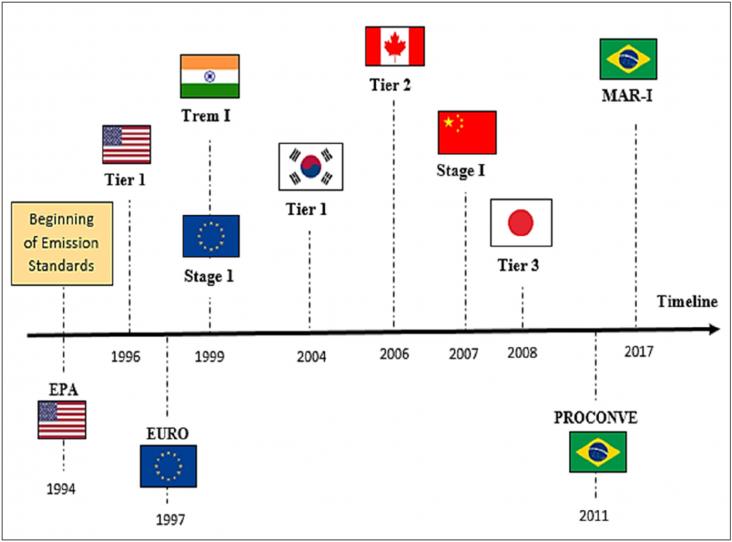The climate emergency and population growth are challenging water security and sustainable urban design in cities worldwide.
Electric vehicles (EVs) are widely regarded as the key to finally making private mobility clean, yet virtually no research is being conducted on their potential contribution to the expansion of imp


Kamil Maciuk, Chapter 9 - GNSS monitoring natural and anthropogenic phenomena, Editor(s): George p. Petropoulos, Prashant K. Srivastava, GPS and GNSS Technology in Geosciences, Elsevier, 2021, Pages 177-197, ISBN 9780128186176, https://doi.org/10.1016/B978-0-12-818617-6.00007-X.
Materials and the Environment (Third Edition): Chapter 2 - Resource consumption and its drivers, Volume , 2021.

